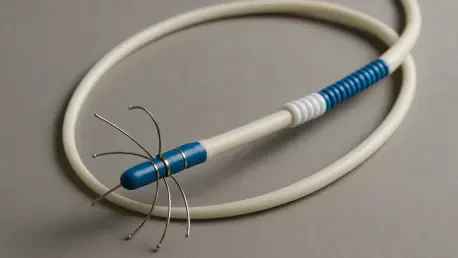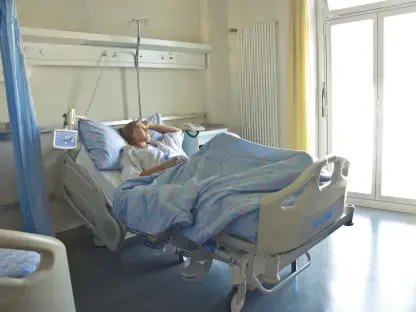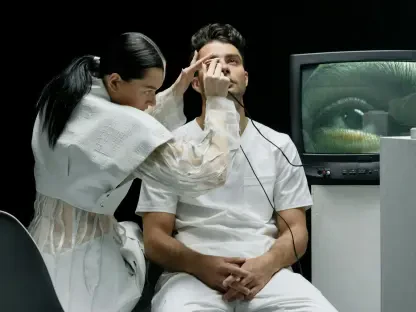In a startling development that underscores the delicate balance between medical innovation and patient safety, a prominent medical device manufacturer has issued a critical warning about potential damage to a key cardiac tool, prompting swift action from regulatory authorities. The issue centers on a sophisticated ablation catheter used in treating heart rhythm disorders, where improper handling during unpacking has led to rare but serious concerns. This situation not only highlights the importance of meticulous design in every aspect of medical equipment but also raises broader questions about how such risks are communicated and managed in a highly specialized field. As healthcare providers and patients rely on these advanced technologies for life-saving procedures, any flaw, however small, can have significant implications. The response from both the manufacturer and oversight bodies serves as a reminder of the constant vigilance required to ensure safety remains paramount in medical interventions.
Unpacking the Safety Concern
The core of this issue lies in the risk of damage to the tips of the TactiFlex sensor-enabled ablation catheter, a device critical for electrophysiological mapping and radiofrequency ablation in treating conditions like atrial fibrillation. Reports have surfaced of instances where the catheter tips were compromised during removal from their packaging trays, a seemingly minor step that has revealed major potential hazards. In a handful of documented cases, the damaged tips detached during cardiac procedures, remaining inside patients. Although no adverse outcomes such as injuries or fatalities have been reported to date, the risks are far from negligible. Potential complications include embolisms, impaired blood flow, breathing difficulties, stroke, cardiac perforation, and vascular injury. Regulatory authorities, including the FDA, have flagged this as a high-risk concern through a recent safety alert, emphasizing the need for heightened awareness among healthcare professionals to inspect devices meticulously before use.
Manufacturer and Regulatory Response
Swift corrective measures have been taken by the manufacturer to address this packaging-related flaw, with a redesigned tray already implemented to reduce the likelihood of tip damage during unpacking. Notably, there has been no recall of the TactiFlex catheter from the market, signaling confidence in the updated design and a focus on preventing future incidents through improved handling protocols. The FDA, as part of its ongoing efforts to enhance medical device safety communications, continues to monitor the situation closely and has pledged to provide updates as new information becomes available. This incident also sheds light on the broader landscape of ablation technologies, where the TactiFlex catheter plays a significant role in a competitive market. Facing challenges from emerging methods like pulsed field ablation, which promise enhanced safety profiles, the emphasis on resolving such issues is crucial. Looking back, the proactive steps taken reflect a commitment to patient safety, ensuring that trust in these vital tools is maintained through diligent oversight and innovation.









